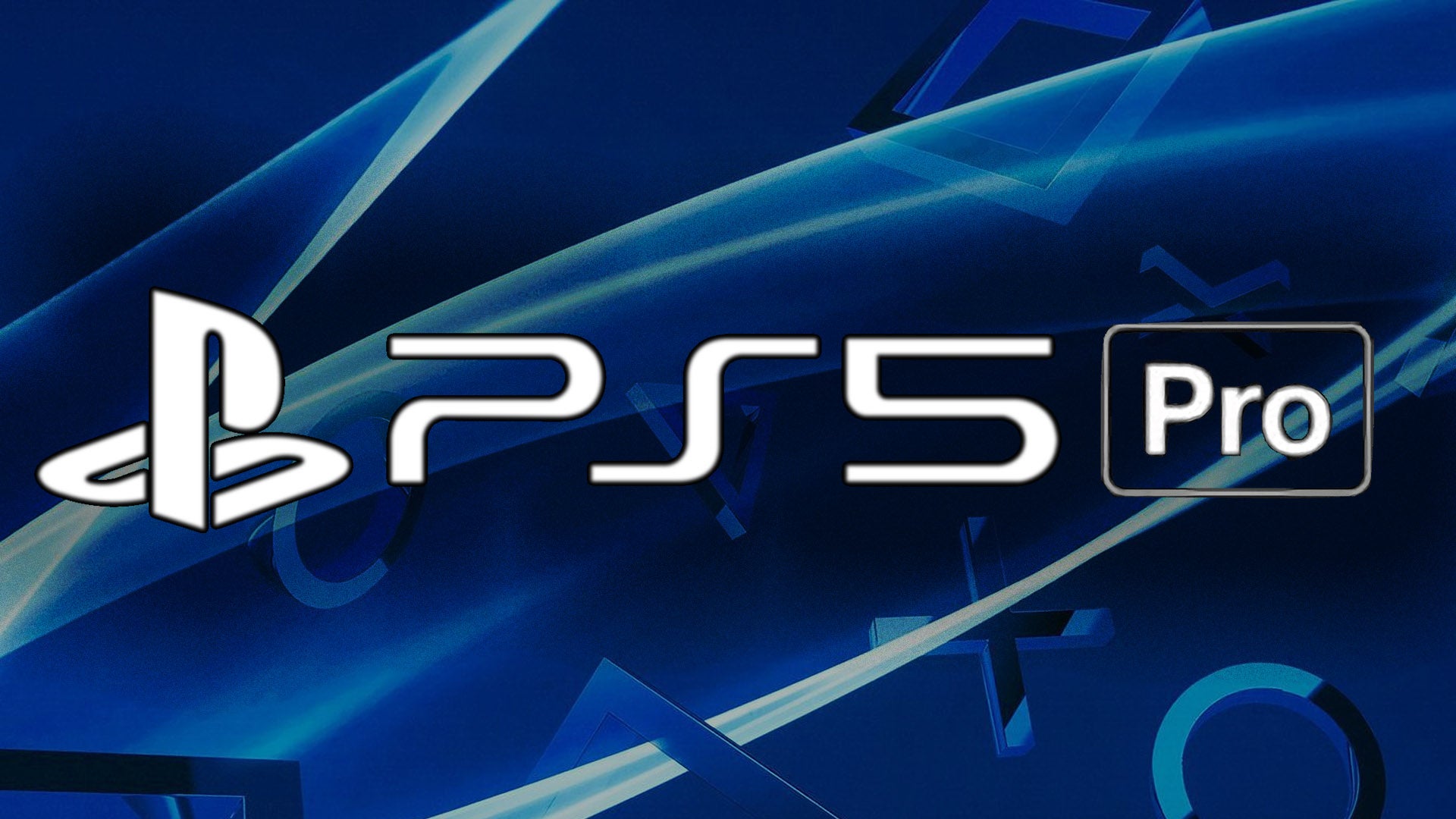Last week, more detailed leaks emerged concerning the technical specification of the PlayStation 5 Pro. The machine is real, it is coming relatively soon – and by and large, the leaks are accurate. The question is, what are the design objectives of the new console? What is less than ideal about the current PS5 and how will the Pro model address that? We’re on the record as saying that this generation doesn’t really need a mid-gen upgrade, but does the state of recent games and the extra power and capabilities of the mooted Pro change our opinion?
First of all, let’s address the authenticity of the leaks we’ve seen thus far, which essentially operate on two levels. First of all, Insider Gaming’s Tom Henderson has a spotless record in revealing new PlayStation hardware – from the existence of the PlayStation Portal through to the PS5 Slim with its detachable/upgradable optical drive to the existence of the Pro, he has yet to put a foot wrong. Even his less-shared reporting on the technical make-up of Sony’s cloud-based PS5 streaming looks accurate based on our analysis of the system.
The second tier of leak is more understandable and some might say inevitable. The key details seen recently come from documentation available on PlayStation’s ‘devnet’ portal. What we’re looking at here is a wide scale disclosure to third-party developers and publishers that was almost certain to leak immediately just as ‘PS4K’ or ‘PS4.5’ did back in March 2016, before Sony made it official several months later as PlayStation 4 Pro. The relatively widespread nature of this disclosure made it relatively easy to verify.
And while hardly marketing approved, Sony lays out in very basic terms what PlayStation 5 Pro – Project Trinity – is setting out to achieve. Similar to PS4 Pro, it is of the same generation as the base model (called the ‘standard’ PS5 now by Sony) but offers enhancements in the form of higher rendering resolutions, higher rendering resolutions via custom machine learning silicon and a new PlayStation Spectral Super Resolution (PSSR) technique. The ray tracing capabilities are also augmented by 2x to 4x depending on the workload.
| PlayStation 5 Pro | PlayStation 5 | |
|---|---|---|
| CPU Architecture/ Clock Speeds | Eight core/16 Thread Zen 2 at 3.5GHz/3.85GHz | Eight core/16 Thread Zen 2 at 3.5GHz |
| GPU Compute Units/ Architecture | 60 CUs, RNDA 3 | 36 CUS, RDNA 2 |
| TFLOPs/GPU Clock Speed | 33.5TF/ Max 2.35GHz | 10.23TF/ Max 2.23GHz |
| GDDR6 Memory | 16GB at 18Gbps | 16GB at 14Gbps |
| Memory Available For Games | 13.7GB | 12.5GB |
| Memory Interface/ Bandwidth | 256-bit/576GB/s | 256-bit/448GB/s |
